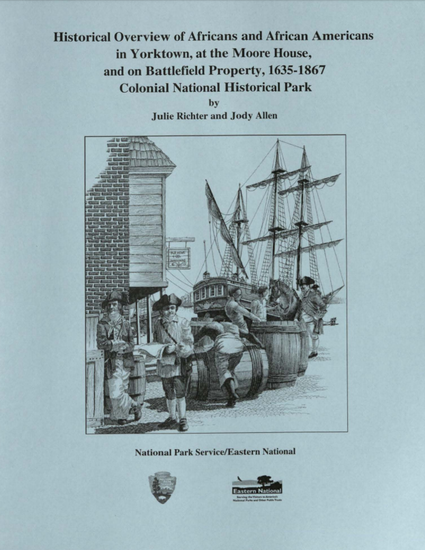
The situation for African Americans in Yorktown did not improve much during the antebellum period. The possibility of being willed, sold, or mortgaged by a slaveholder remained. William Vail is one ex.ample. Vail had over thirty slaves and mongaged some or all of them at some point. When Vail died in 1834, he owned several lots in Yorktown but gave permission in his will to sell Ambrose, Caesar, Lucy, Bob, and Tom Bailey, if necessary to pay his debts. He left his wife, Louisa, William, Alfred, Molly, Carlia, Charlotte, Alice and her three children, as well as his "man Tom," his "old woman Sue," and the future increase of the female slaves.20 The fate of Vail's slaves is not clear. Again, control of the black population, whether enslaved or free, remained the goal for whites. Free blacks were required to register their presence at the county courthouse. From a twenty first century perspective, this law appears intrusive, but in the nineteenth century, it was also a way for free blacks to protect themselves if their status ever came into question. York County's registry of free blacks provides an interesting picture of blacks in this period. The registry provided names, physical descriptions, the name of the person who freed the individual, unless born free, and often the surname of the former slave.
Available at: http://works.bepress.com/jody-allen/11/
